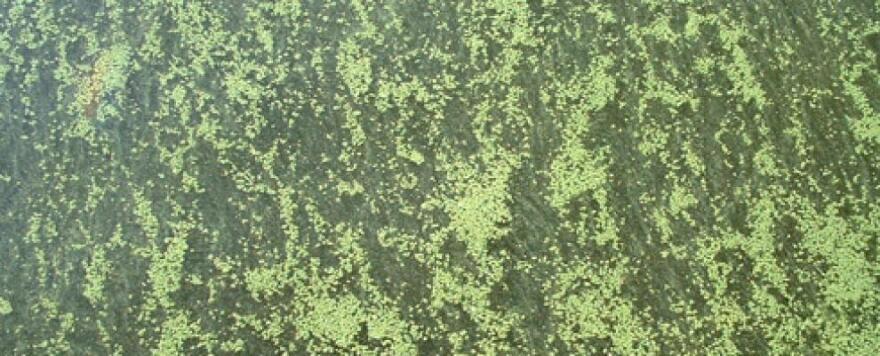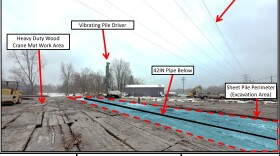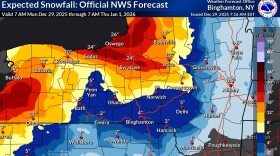Harmful algal blooms are making their summer return in central New York, and one group of SUNY ESF researchers is spending the summer taking a closer look at why these dangerous algae crop up in some places, but not others.
Steve Shaw, a hydrologist at SUNY ESF, said so far this season, he’s surprised at why early on, a number of blooms have been reported in Cayuga Lake, but none in any other Finger Lakes.
He’s hoping to find answers to this question with the help of a $2 million gift to SUNY ESF that will support expanded research into the cause of algal blooms.
He said there could be several reasons why the instance of blue-green algae is growing.
"Temperature, which could be caused by climate change, but then you also have change in land use, and then you have change in like, addition of quagga and zebra mussels in the last 20 or 25 years," he said. "You have all these different factors. So it's really hard to just base observationally to sort of separate what the different factors are."
That’s where the deeper look into the explosion of blue-green algae in local waterways comes in. Phosphorus is one of the drivers of algae growth, and Shaw says it’s long been thought that working septic systems don’t leach phosphorus into the water. Researchers will take a deeper look at that.
"It really has virtually never evaluated if you sort of have subsurface movement of the effluent from the septic system that has higher levels of phosphorus than people might expect. So, usually the assumption is that 100% of phosphorus is absorbed by the soil, but that might not be true, and it's virtually like very, very few studies where anyone ever looks at whether there is some faster movement to the soil."
Shaw said there are other new microbiological tools that can also better identify different strains within algae, which could mean the difference in lake blooms. They are also working with Clarkson University on a tool that can measure phosphate in the field that would better identify sources. Shaw says the end game here is to develop actionable solutions that will preserve water quality of upstate New York.
"So I think you have to present the full picture of saying like, well, maybe 50% of the load is in lake generation and some other percentage is septics and some percentages agriculture. So then you're letting people know sort of how do they when they weigh the options, you know, how fast is the change going to happen? Especially if it's not immediate to let people know, maybe it is part of the long-term solution, but it's just not going to be an immediate change.”








